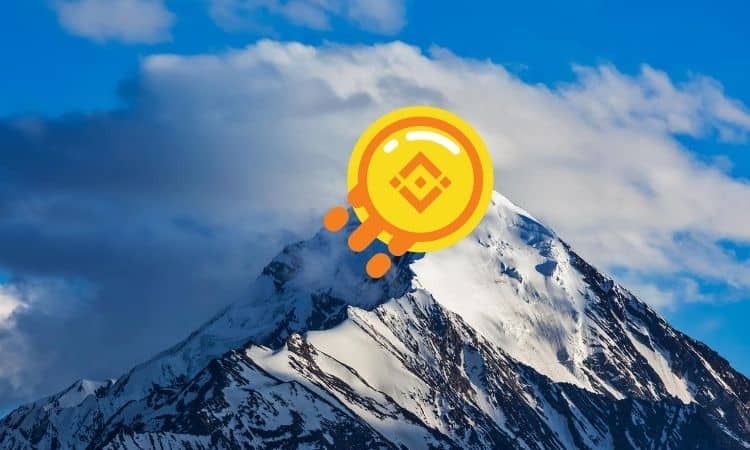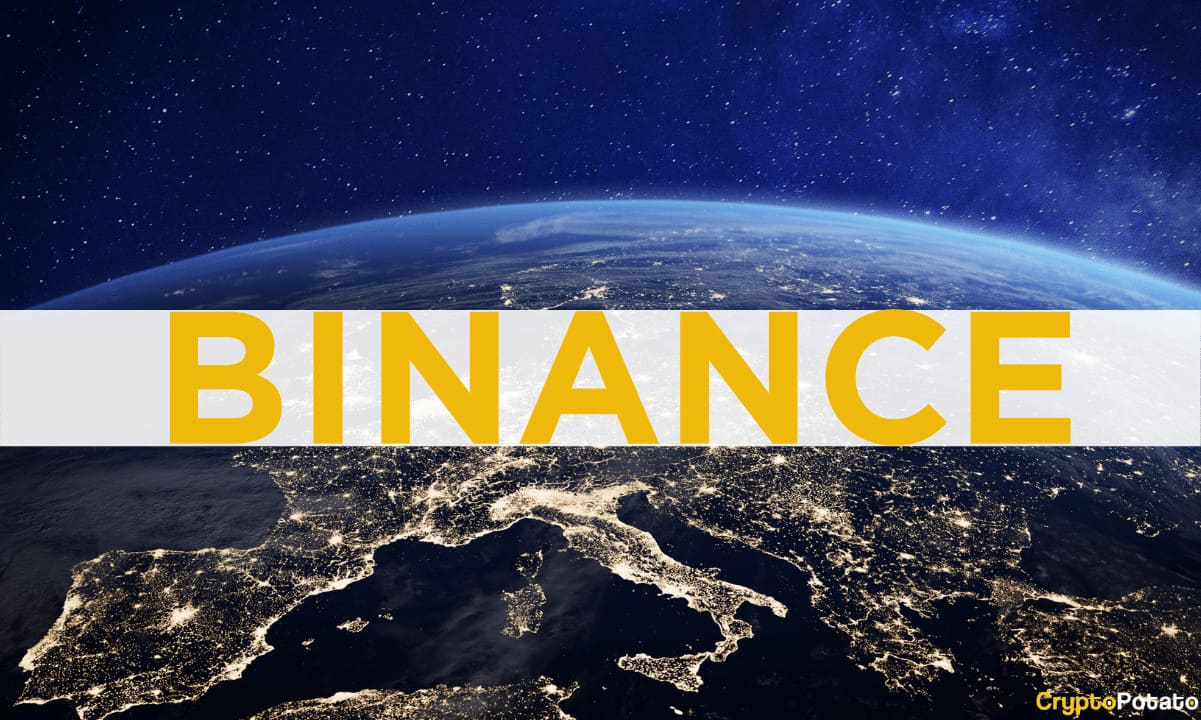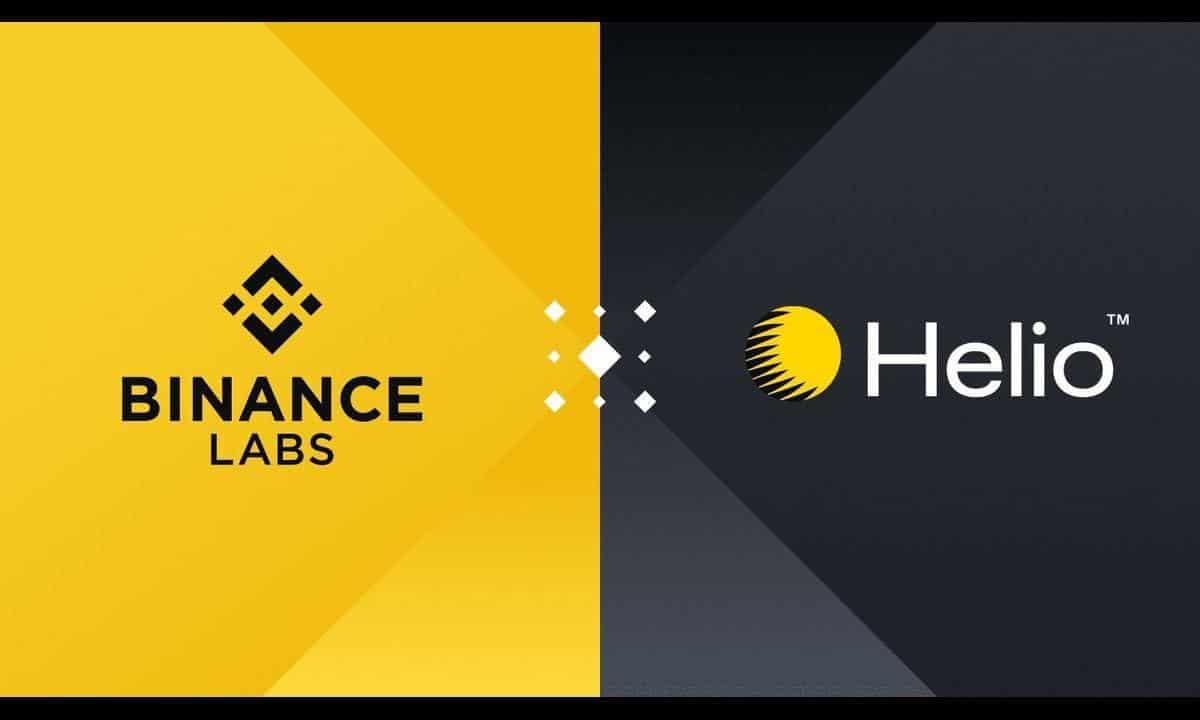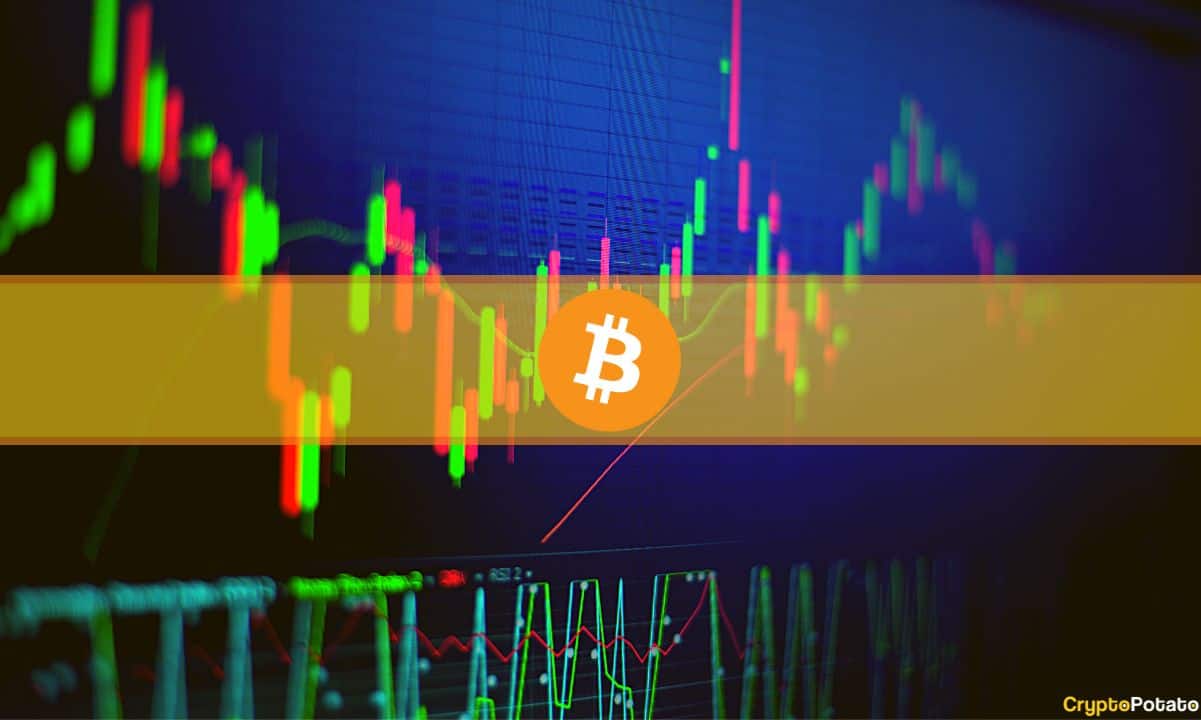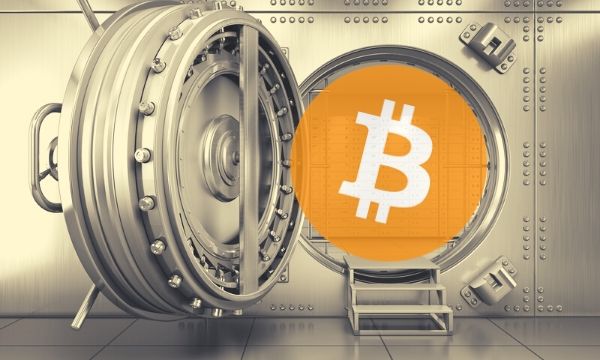When The Ethereum You Know Becomes a Shard in ETH 2.0 (Opinion)
The rollout of Ethereum 2.0 is set to arrive in installments, with the first milestone expected some time around Q3 of 2020. From that moment on, things promise to get interesting.
At one point, we will see two Ethereum blockchains existing at the same time. Initially, the ETH 2.0 token will be practically useless for anything beyond staking, with zero transaction capabilities – exchanges won’t even list it, and it’s unlikely that it will even have a price.
On top of that, the current Ethereum blockchain will eventually become one of 64 shards on the newly constructed Eth 2.0. Technically, the Ethereum we’ve come to know will actually be one of 65 chains – when we consider the beacon chain. Speaking of which…
Phase Zero of Ethereum 2.0 – Experimental Staking
Phase zero of the Ethereum 2.0 roadmap is named Beacon and will focus on constructing the main chain that will eventually connect the previously mentioned 64 shards. This is the part of the roadmap expected to land by Q3 of this year and will bring with it the launch of Ethereum 2.0’s Delegated Proof-of-Stake governance mechanism.
But by all accounts, that’s all it will introduce. A new ETH 2.0 token will be produced. However, its usage will be confined to staking and internal voting decisions within the newly created chain. Exchanges will have no reason to list it – not while it remains, in essence, a testnet token.
That’s according to a report by cryptocurrency exchange BitMEX exchange, which speculated that the value of Eth 2.0 might struggle to even equal that of the original ETH token in the initial stages.
“When Ethereum 2.0 launches, there will be two Ethereum networks operating in parallel, Eth1 and Eth2. Initially, it will be possible to convert Eth1 coins into Eth2, however it will not be possible to convert Eth2 back into Eth1.Therefore, in theory, Eth2 should trade at a price less than or equal to the price of Eth1.”
The reason someone would want to transfer ETH back out of Eth 2.0, says the roadmap, is because “they could be earning interest paid in ETH on the ETH2 chain.”
The current blockchain won’t be able to communicate with the beacon chain at this point. Ethereum will continue to mine using its Proof-of-Work mechanism, while Beacon will experiment with Proof-of-Stake.
Phase 1 – Sharding
Shards are interactive horizontal extensions of a database where not every database has to process everything at once. It is the focus of Ethereum’s scaling drive, and will eventually see every shard host its own virtual machine built on an Ethereum specific coding language.
At the recent Ethereal Digital Conference (seen below), Eth 2.0 researcher and developer, Will Villanueva described Phase 1 of the roadmap, which introduces the sharding process. Villanueva said that 64 shards – each with a data capacity of 500kb – would make up the structure of the Eth 2.0 blockchain. (Current blocks are being mined at around 25kb, although 50kb blocks have been witnessed on rare occasions).
In a move the BitMEX report refers to as “highly experimental,” there will essentially be 65 blockchains, each with some two-way communication with the beacon chain. BitMEX’s research states:
“During this phase there are essentially 65 chains of blocks operating in parallel, the beacon chain that existed in phase 0 and 64 new shard chains. There will be two way communication and referencing between the beacon chain and all of the 64 shards.”
But according to the roadmap, communication between shards won’t be perfect. It states:
“A dApp will have to choose what shard it wants to be on. That decision matters because cross-shard communication differs on Eth2 as it is not synchronous which means some composability is lost between shards.”
Phase 1.5 – Merging ETH 1.0 and 2.0
At Ethereal Villanueva mentioned Phase 1.5, which involves fully realizing the sharding process, and merging the two Ethereum chains that will still exist at that time.
Here, Eth 1.0 gets absorbed into Eth 2.0, becoming a single branch of the 64 shard blockchain.
The Ethereum roadmap notes, “It is an open question when and how Ethereum 1.0 accounts and contracts will be migrated to Ethereum 2.0,” so the success of the merger is anything but assured. However, research is ongoing.
Phase 2 – Adding the Brain
Phase 2 will focus on state execution – in other words, enabling the shards to transact and interact in a stable manner. Normal Ethereum-like functions will resume, and the new blockchain will begin to resemble its forebearer. BitMEX’s paper continues:
“In this phase significant economic activity (other than staking) and smart contracts are expected to be possible on the network. The shards will no longer be basic data containers and will begin to resemble the features of Ethereum 1.0.”
The roadmap also notes that Execution Environments will become active within shards, and will allow for applications ranging from Libra to Bitcoin to host on Eth 2.0. Again, the roadmap declares that these concepts are “still in heavy research and development.”
An Ethereum 2.0 developer at Ethos.dev said that phase 2 will be about connecting the brain of Eth 2.0 to the heart that is the Beacon chain. Ethos.dev told Cryptopotato: “Phase0 is the heart and phase2 is the brain. There are some ideas that can simplify phase2 such as eth1x64.”
When asked to name the most difficult part of Eth 2.0’s construction, the developer said Phase 2, adding: “I chose the brain analogy because IMHO it’s a hard part.”

When ETH 2.0?
Vitalik Buterin recently sent cryptocurrency news outlets into a flurry when he apparently confirmed that the Beacon phase would be live by July 2020.
But an audio mix-up during the Consensus: Distributed virtual conference meant the Ethereum co-founder misheard one of the interviewer’s questions. According to Buterin, he did not know he was being asked to confirm a July launch and later refused to be pinned down on that launch date. Buterin tweeted the following:
Yeah I did not say July. Perhaps the question contained the word July but I did not hear July when it was asked.
— vitalik.eth (@VitalikButerin) May 12, 2020
Buterin later added:
OK I definitely should have heard July in the question, it was my mistake.
— vitalik.eth (@VitalikButerin) May 12, 2020
An official date has not been set for the release of Beacon, and developers, while optimistic, remain cautious of naming a definite date.
Ethos.dev told us: “Q3 looks likely and is important to “motivate” the teams, but solid security and process is most important. So in case there’s any “delay” I don’t think Q3 needs to be promoted much yet until launch is around 1 month away.”
Optimism is high regarding Eth 2.0, but by the admissions of the devs themselves, many of its concepts remain experimental. Ethereum, it should be noted, has a successful history of experimentation. That’s why today, when a new smart contract blockchain launches, it comes bearing the bold but as-yet toothless title of “Ethereum Killer.”
The post When The Ethereum You Know Becomes a Shard in ETH 2.0 (Opinion) appeared first on CryptoPotato.

